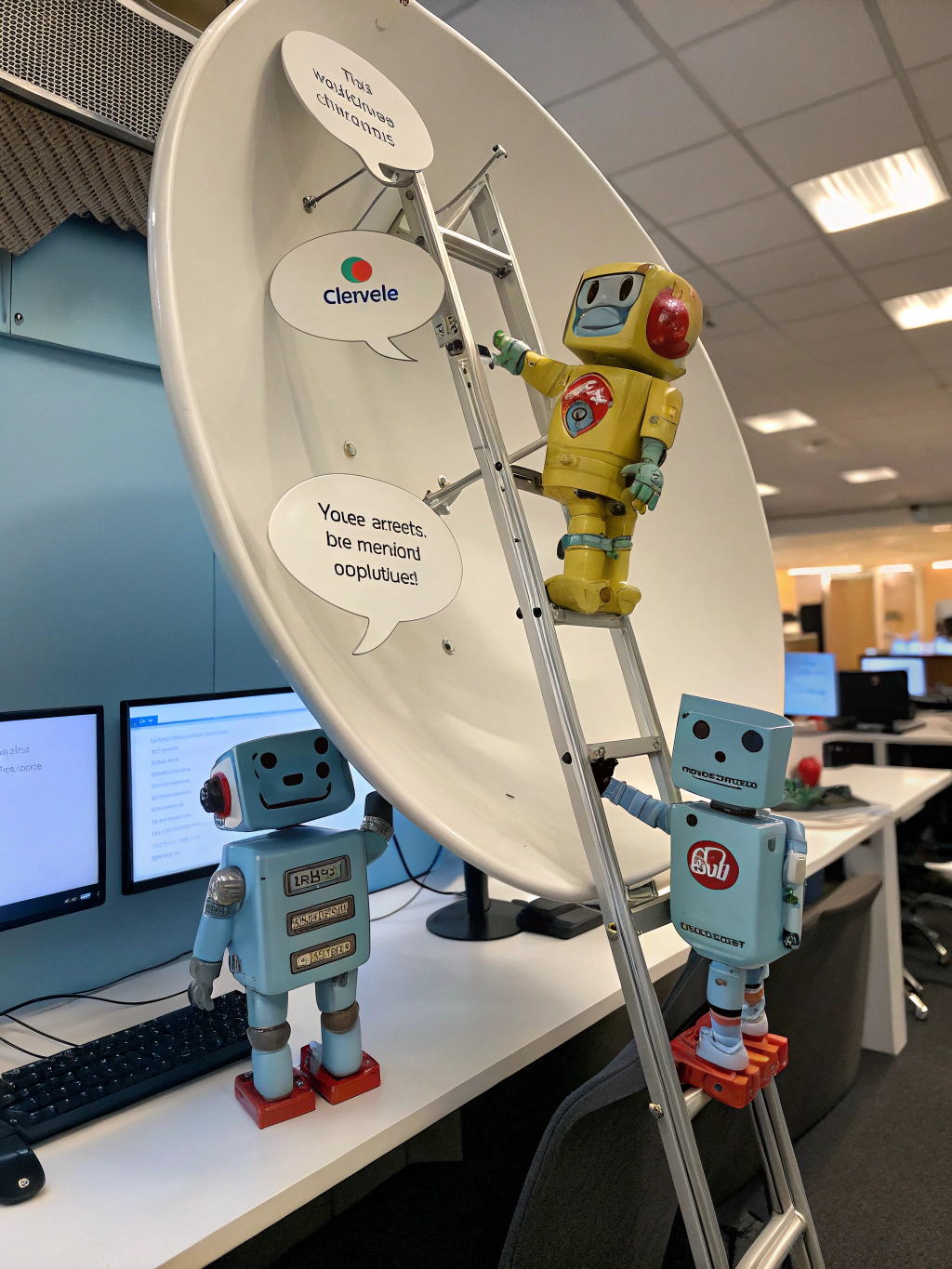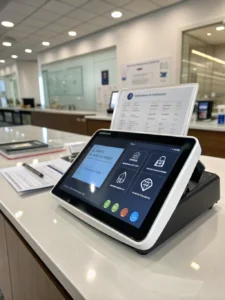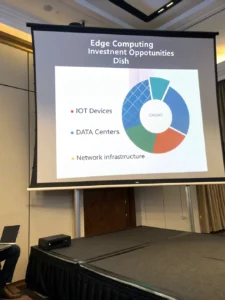Elevate Ecommerce CX: Automating Customer Service with AI and Bots
The Future of Retail: How Ecommerce Customer Service Automation is Revolutionizing Customer Experience The retail landscape is shifting at breakneck speed. Consumers demand instant gratification, personalized experiences, and seamless interactions across every touchpoint. Meeting these expectations requires more than just a great product; it demands a robust, responsive, and intelligent ecommerce customer service automation strategy. Gone are the days of solely relying on phone support and email queues. Today, businesses need to leverage cutting-edge technology to deliver exceptional customer experience and stay ahead of the curve. This post dives into the pivotal role of AI, automation, and emerging technologies in shaping the future of retail customer service. Why Ecommerce Customer Service Needs an Intelligent Upgrade Traditional customer service models are struggling to keep up with the demands of the modern e-commerce shopper. Long wait times, repetitive inquiries, and inconsistent support quality are eroding customer satisfaction and driving revenue away. The rise of Gen Z and digital natives, who expect personalized and immediate support, further intensifies the pressure. This is where ecommerce customer service automation steps in. It's not just about reducing costs; it's about elevating the customer experience and bolstering brand loyalty. Here’s a look at some of the key challenges driving the need for automation: Increased Customer Expectations: Shoppers expect 24/7 support and instant responses. Growing Customer Service Volume: The volume of inquiries is constantly increasing. Agent Attrition: High stress and repetitive tasks contribute to agent turnover. Cost Pressures: Maintaining a large customer service team is expensive. AI-Powered Automation: The Core of Modern E-commerce Support Artificial intelligence (AI) is the engine driving the revolution in ecommerce customer service automation. AI-powered tools are transforming the way businesses interact with their customers, offering faster, more efficient, and more personalized support. Here's how: Chatbots: AI-powered chatbots are available 24/7 to answer frequently asked questions, resolve simple issues, and guide customers through the purchase process. They learn from interactions, continuously improving their accuracy and effectiveness. Implementing effective chatbot flows is key to a positive customer experience. AI-Powered Knowledge Bases: These dynamic knowledge bases use natural language processing (NLP) to understand customer inquiries and provide relevant answers instantly. They empower customers to self-serve and reduce the burden on human agents. Sentiment Analysis: AI analyzes customer interactions (chat, email, social media) to gauge sentiment and identify potential issues before they escalate. This allows businesses to proactively address customer concerns and prevent negative reviews. Personalized Recommendations: AI leverages customer data to provide personalized product recommendations and support, enhancing the overall shopping experience. Beyond Chatbots: A Holistic Approach to Automation While chatbots are a cornerstone of ecommerce customer service automation, a truly effective strategy goes beyond a single tool. It’s about integrating various technologies to create a seamless and coordinated support ecosystem. Order Management Systems (OMS) Integration: Connecting your OMS with your customer service platform enables agents (and chatbots) to access real-time order information, track shipments, and resolve order-related inquiries quickly. CRM Integration: Integrating with your Customer Relationship Management (CRM) system provides agents with a complete view of the customer's history, preferences, and purchase behavior. This empowers them to deliver more personalized and relevant support. Social Media Monitoring: Monitoring social media channels allows you to address customer inquiries and complaints promptly, maintaining a positive brand reputation. Tools for social listening are essential for proactively engaging with customers. Workflow Automation: Streamline repetitive tasks such as ticket routing, escalation, and follow-up with automated workflows. Alternative Investment Strategies and the Rise of Crypto Customer Support The world of finance is also undergoing a transformation. As more people explore alternative investment strategies like cryptocurrency, the demand for reliable and accessible customer support is growing. Expect to see more businesses in the crypto space leveraging ecommerce customer service automation to address inquiries related to wallets, transactions, and platform functionality. Here's a comparison of traditional customer service and AI-powered automation: Feature Traditional Customer Service AI-Powered Customer Service Automation Availability Limited hours 24/7/365 Response Time Potentially slow Instant Cost High Lower Scalability Difficult to scale Easily scalable Personalization Limited Highly personalized Data Analysis Limited Extensive data analysis & insights Future Trends to Watch The future of ecommerce customer service automation is bright. Here are some trends to keep an eye on: Hyper-Personalization: AI will enable even more personalized experiences, tailored to individual customer needs and preferences. Proactive Support: AI will proactively identify and address potential issues before they impact customers. Omnichannel Support: Customers will seamlessly switch between different support channels (chat, email, phone, social media) without losing context. Voice AI: Voice assistants will play an increasingly important role in customer service. Generative AI: Tools like GPT can provide more complex and nuanced responses, further blurring the lines between human and AI support. Boosting Customer Experience with Automation – A Strategic Approach Implementing ecommerce customer service automation should not be viewed as simply a cost-cutting measure. It's an opportunity to profoundly enhance the customer experience. To achieve this, businesses should: Identify Key Pain Points: Analyze customer feedback and data to identify areas where automation can have the biggest impact. Choose the Right Tools: Select tools that align with your specific needs and budget. Train Your AI: Continuously train your AI models with new data to improve their accuracy and effectiveness. Monitor Performance: Regularly monitor key metrics (resolution time, customer satisfaction) to ensure your automation strategy is delivering results. Your next move? Implementing advanced ecommerce customer service automation creates a competitive advantage. If you're ready to redefine your customer journey, explore how these powerful technologies can transform your business. What are your biggest customer service challenges? Share your thoughts in the comments below! Want to learn more about optimizing your customer experience? Download our free guide! [Link to your lead magnet/download] WordPress Format: “`html The Future of Retail: How Ecommerce Customer Service Automation is Revolutionizing Customer Experience The retail landscape is shifting at breakneck speed. Consumers demand instant gratification, personalized experiences, and seamless interactions across every touchpoint. Meeting these expectations requires more than just a great product; it demands a robust, responsive, and intelligent ecommerce customer service automation strategy. Gone are the days of solely relying on phone support and email queues. Today, businesses need to leverage cutting-edge technology to deliver exceptional customer experience and stay ahead of the curve. Why Ecommerce Customer Service Needs an Intelligent Upgrade Traditional customer service models are struggling to keep up with the demands of the modern e-commerce shopper. Long wait times, repetitive inquiries, and inconsistent support quality are eroding customer satisfaction and driving revenue away. The rise of Gen Z and digital natives, who expect personalized and immediate support, further intensifies the pressure. This is where ecommerce customer service automation steps in. It’s not just about reducing costs; it’s about elevating the customer experience and bolstering brand loyalty. Key Challenges Driving Automation Increased Customer Expectations Growing Customer Service Volume Agent Attrition Cost Pressures AI-Powered Automation: The Core of Modern E-commerce Support Artificial intelligence (AI) is the engine driving the revolution in ecommerce customer service automation. AI-powered tools are transforming the way businesses interact with their customers, offering faster, more efficient, and more personalized support. How AI is Transforming Customer Service Chatbots: AI-powered chatbots are available 24/7 to answer frequently asked questions, resolve simple issues, and guide customers through the purchase process. AI-Powered Knowledge Bases: These dynamic knowledge bases use natural language processing (NLP) to understand customer inquiries and provide relevant answers instantly. Sentiment Analysis: AI analyzes customer interactions to gauge sentiment and identify potential issues. Personalized Recommendations: AI leverages customer data to
Share this content:














Post Comment